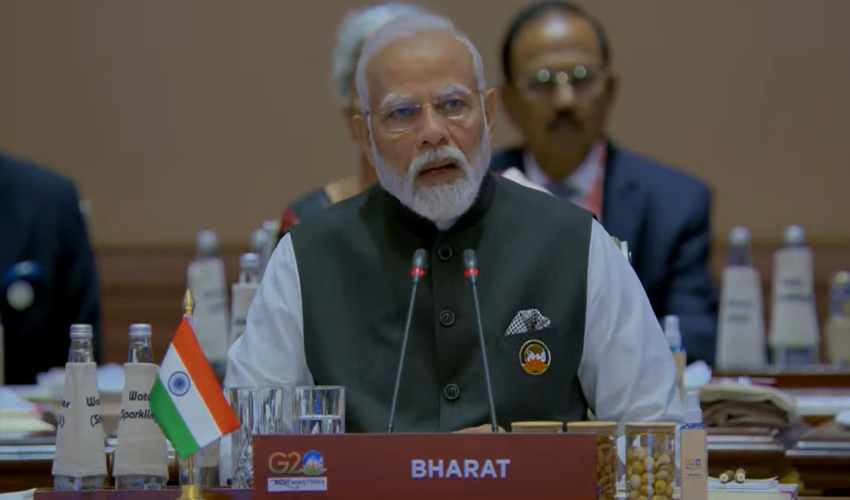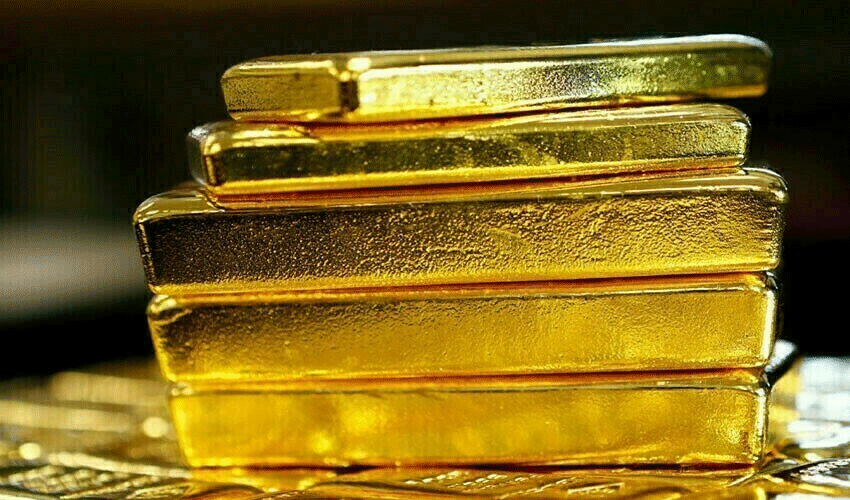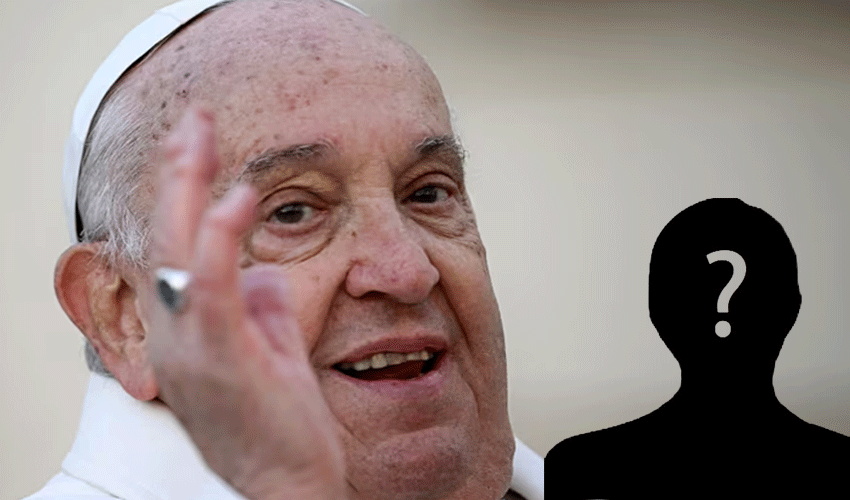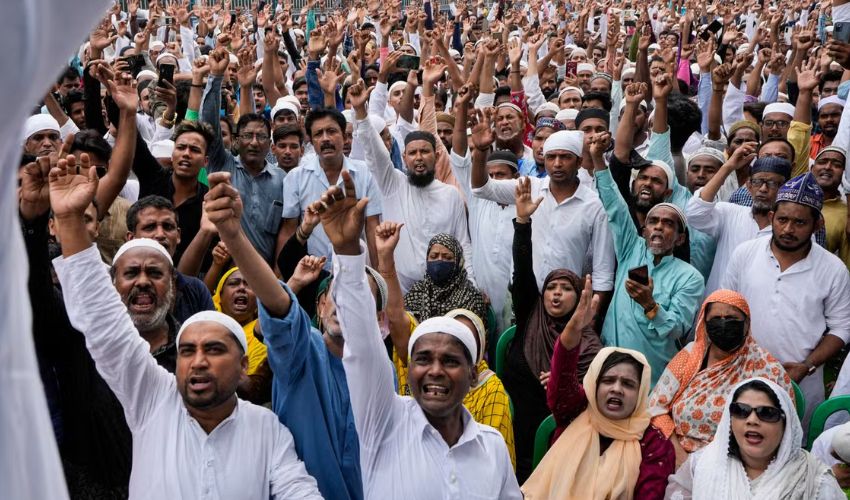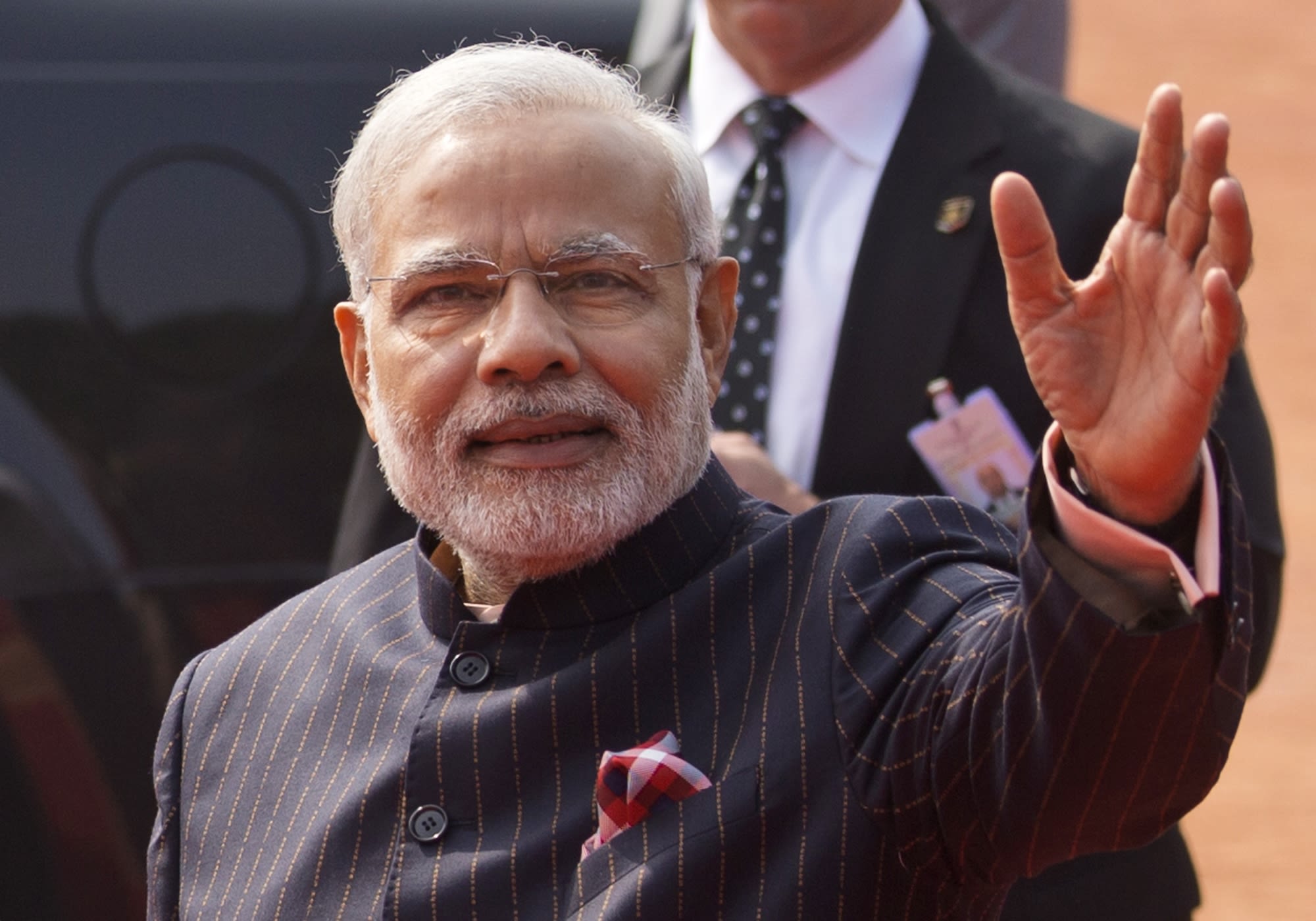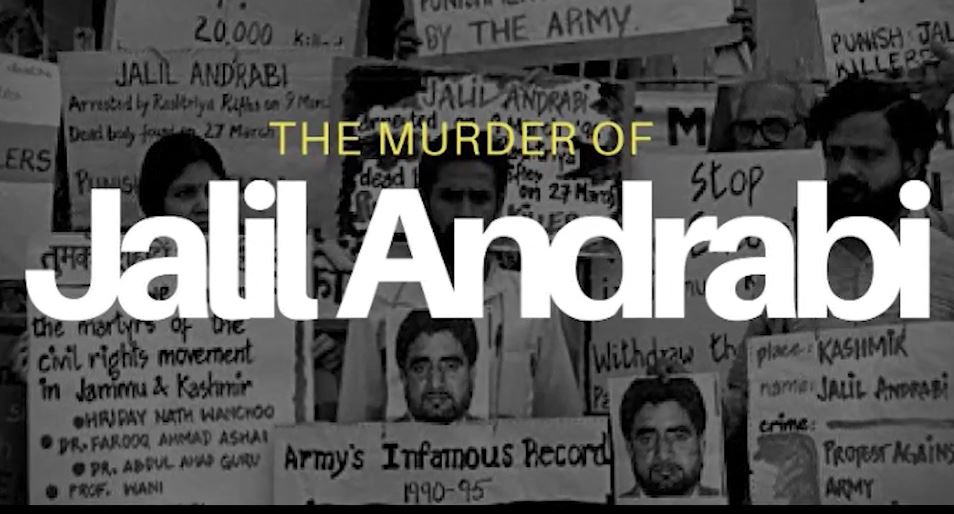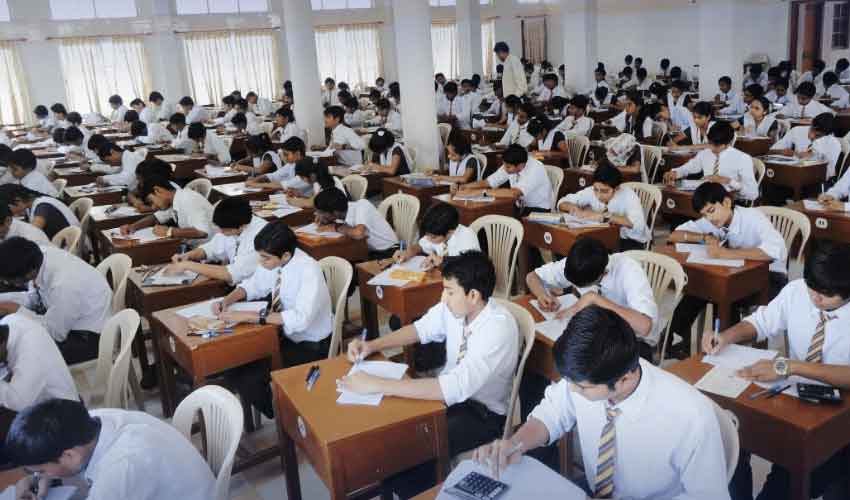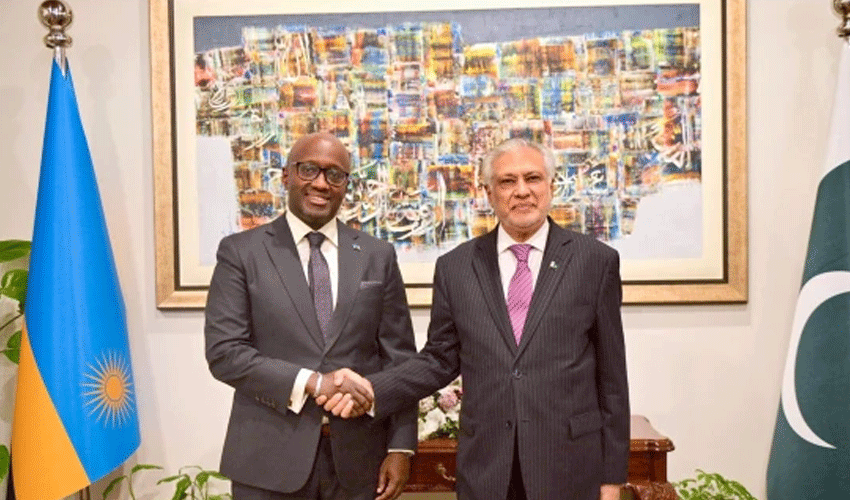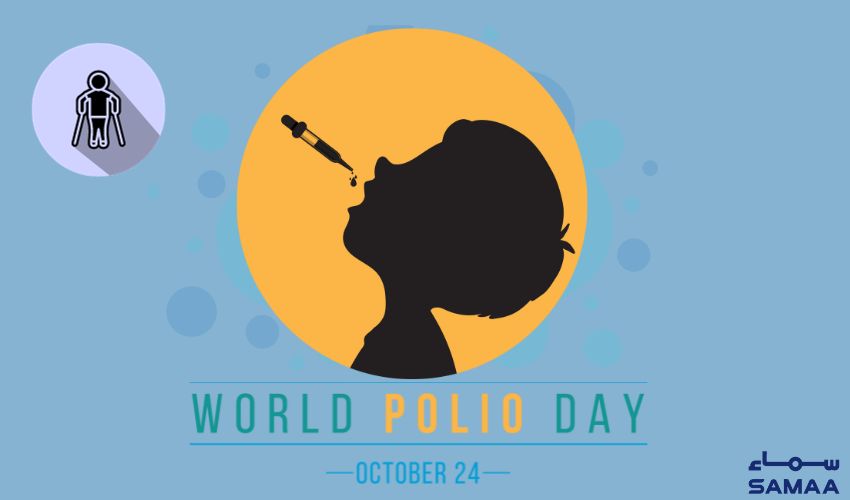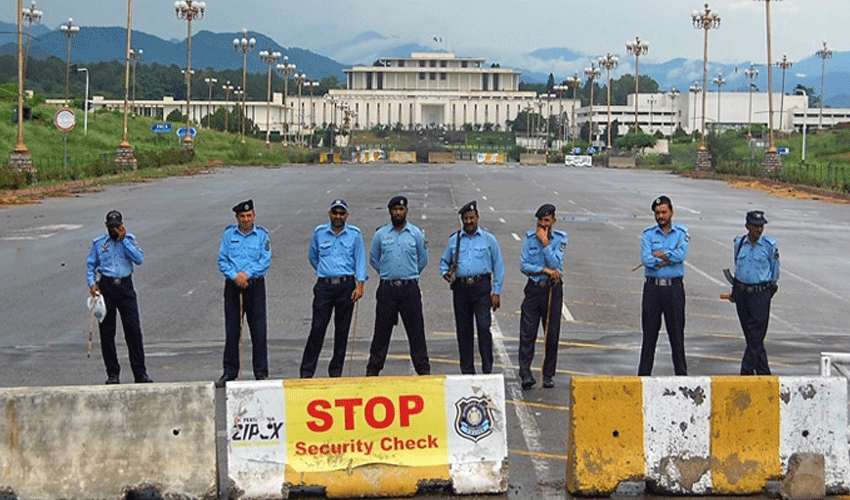In a bold move that fueled ongoing controversy, during the opening of the G20 summit, Indian Prime Minister Narendra Modi's nameplate referred to the country as "Bharat," a move that has ignited speculation about a potential name change for the nation
The controversy surrounding the name change gained momentum when President Droupadi Murmu referred to herself as the "President of Bharat" in a G20 leaders' reception invitation earlier in the week. This prompted discussions about the significance and implications of such a shift.
As Prime Minister Modi inaugurated the G20 summit in New Delhi, he sat behind a table bearing the nameplate "Bharat." Notably, the G20 logo displayed both names, with "Bharat" written in Hindi and "India" in English. This marked a departure from previous G20 meetings, where "India" was consistently used.
Speaking in Hindi, which is the language spoken by the majority of the Indian population, Modi welcomed the G20 delegates as "the President of the G20 on behalf of Bharat."
The debate surrounding this name change centers on its historical and political implications. While some proponents of "Bharat" argue that "India" was a name imposed by British colonial rulers, historians assert that "Bharat" has been in use for centuries before colonial rule. The Rashtriya Swayamsevak Sangh, the ideological parent of the ruling Bhartiya Janata Party (BJP), has consistently advocated for the use of "Bharat."
Critics of the Modi government suggest that this shift in nomenclature might be influenced by the recently formed opposition alliance, the Indian National Developmental Inclusive Alliance (INDIA), comprising 28 political parties. This alliance aims to challenge the BJP in the upcoming parliamentary elections next year.
As this debate gains momentum, the Prime Minister's Office has not yet responded to requests for comments, leaving the future of India's official name an open question with significant political and historical implications.





